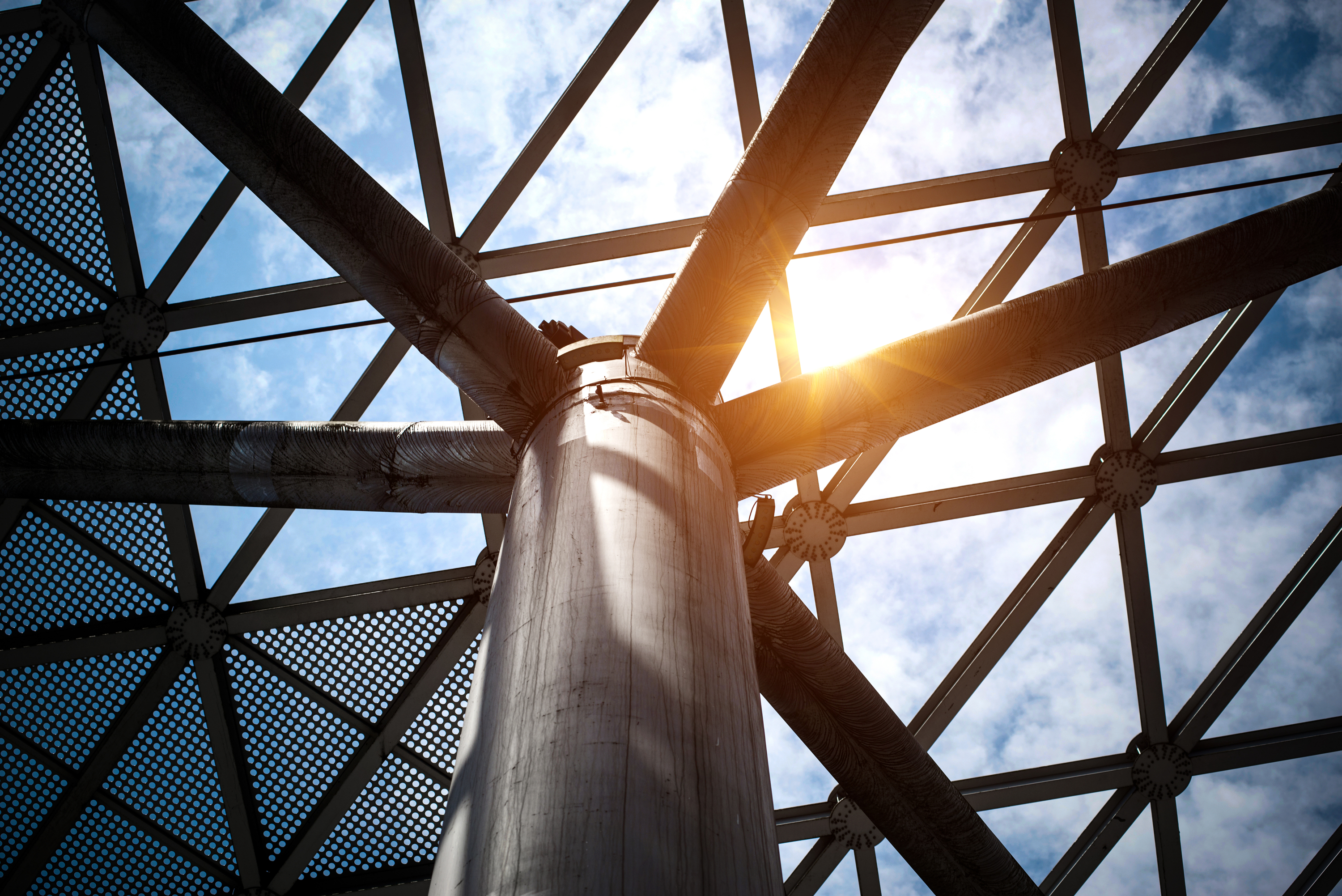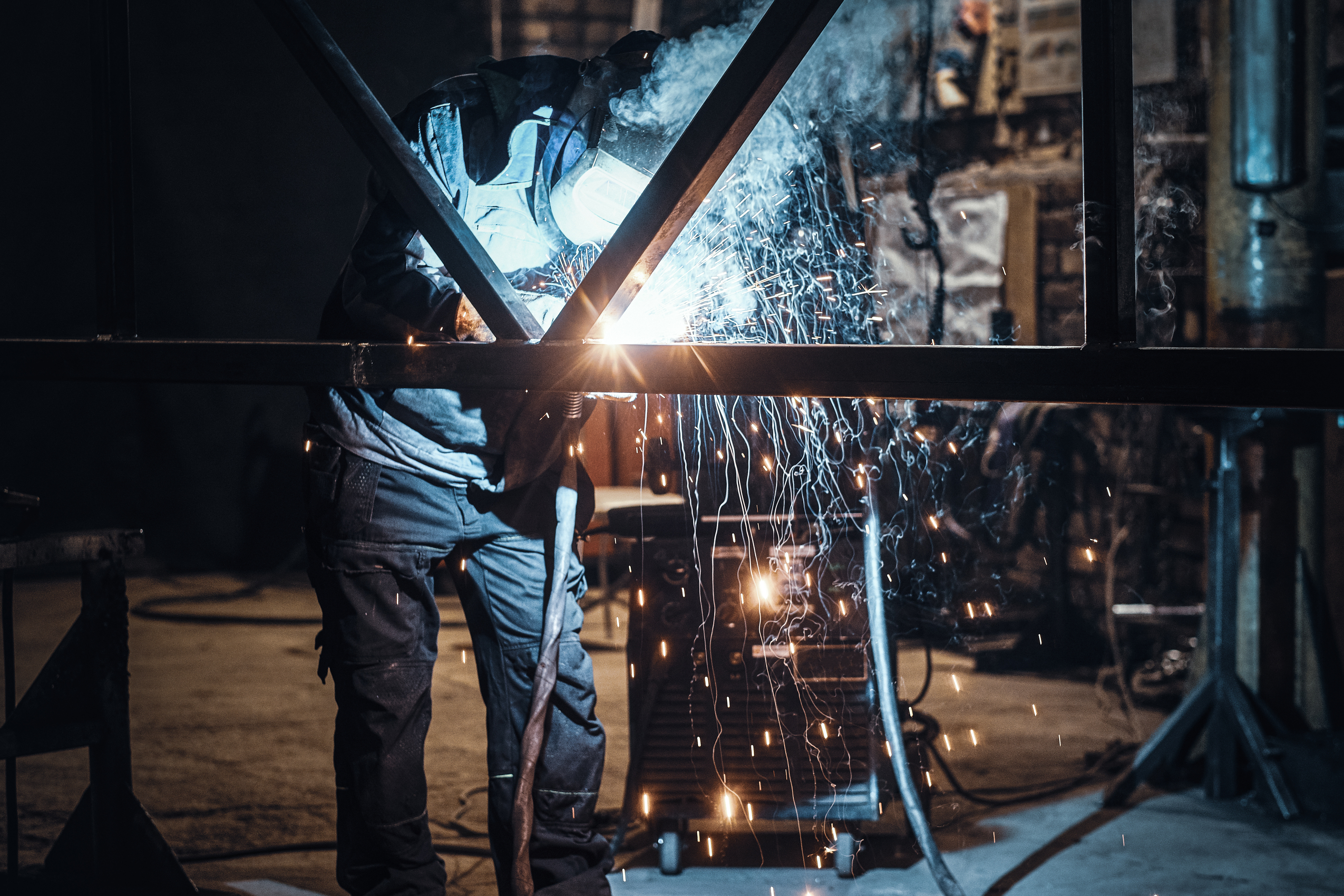Discover the various uses of steel buildings, from commercial warehouses and industrial facilities to residential garages and agricultural barns.
Learn why steel structures are favoured for their durability, cost-efficiency, and versatility in construction. Explore how steel buildings can be customised for different purposes, such as office spaces, sports arenas, or storage units, offering strength and flexibility.
Find out how their quick assembly and minimal maintenance make them an ideal choice for a wide range of applications, providing long-lasting solutions for diverse needs.
Examples of Steel Buildings
Steel buildings are essential in modern construction due to their versatility and durability. Examples of steel buildings include warehouses, industrial facilities, and agricultural buildings. Warehouses use steel for its strength and ability to support large loads. Industrial facilities benefit from steel’s durability and resistance to harsh weather.
Agricultural buildings, such as barns and silos, are made with steel because it is resistant to pests and is easy to maintain. Schools and sports arenas also often opt for steel buildings due to their safety and capacity to provide large, open spaces.
In addition to these, steel buildings are often used for commercial spaces like shopping centres and office blocks. Steel-framed buildings are also common in residential construction, known for their quick build times and adaptable design options. This diversity makes steel a popular choice in various sectors today.
Types of Steel Building Structures
Steel building structures come in various types, each designed to meet different needs.
The Portal Frame Structure: The portal frame is one of the most common types of steel structures. It uses rigid connections between beams and columns, providing strong resistance to bending.
Portal frames are ideal for buildings needing large, open spaces like warehouses and retail stores. They are also frequently used in industrial facilities, workshops, and agricultural buildings. The design ensures efficient use of materials, making it both cost-effective and versatile for various construction needs.
Steel Building Frame Structures: These structures use a skeleton of vertical steel columns and horizontal beams. Steel building frames are known for their strength and flexibility in design. Skyscrapers and multi-storey buildings often use this type of structure. They provide the essential support needed to build taller and more complex structures safely and efficiently.
Architects and engineers favour steel for its durability and ability to withstand various environmental factors, including wind and seismic activity. Steel can also be recycled, making it an eco-friendly choice in modern construction. This adaptability makes steel frames a preferred option for a wide range of building projects.
Steel Truss Structure: Trusses are frameworks consisting of triangular units. These structures are extremely strong and capable of spanning large distances without support. Roofs of sports arenas and convention centres often utilise steel truss structures. Trusses can also be found in bridges and towers, providing essential support and stability.
Steel Grid Structure: This type of structure consists of a network of steel members. It’s used when the building needs to support large roof spans with minimal internal supports. This structure is common in modern architectural designs, allowing for open, spacious interiors. It is also ideal for large public spaces like sports arenas and exhibition halls.
The key advantage is its ability to maintain strength and stability while providing large open floor areas. Each type of steel structure ensures that buildings meet specific requirements. Whether it's spanning large distances, enduring heavy loads, or resisting severe weather conditions.

Why Is Steel Used In Construction?
Steel is a popular building material for many reasons. Its strength and durability make it ideal for construction. Steel structures can withstand harsh weather, resist corrosion, and support heavy loads. These properties mean that steel buildings are durable and have long lifespans.
As well as its strength, steel is also environmentally friendly. It can be recycled, reducing waste and the need for new raw materials. Using steel contributes to more sustainable building practices. Furthermore, steel’s strength-to-weight ratio allows for lighter, more economical building designs without sacrificing durability.
Maintenance of steel structures is easy; they need fewer repairs and upkeep compared to other building materials like wood or concrete. This lowers long-term maintenance costs, making steel structures a cost-effective choice. The versatility of steel also means it can be used in a wide range of designs. Steel ensures buildings meet specific requirements and aesthetics.
What World-Famous Structures Are Made of Steel?
Many world-famous structures highlight the advantages of using steel in construction. The Eiffel Tower in Paris is a prime example, showcasing steel’s strength and versatility. It was completed in 1889 and stands as a testament to the material’s durability.
Another iconic steel structure is the Empire State Building in New York City. Completed in 1931, this skyscraper remains one of the tallest buildings in the city. Its steel frame provided the strength needed to reach such heights.
The Sydney Harbour Bridge in Australia is another marvel of steel construction. Finished in 1932, it became the world’s largest steel arch bridge and still supports modern traffic needs.
Alongside these structures, modern buildings like The Shard in London and the Petronas Towers in Malaysia also use steel extensively. Steel enables these buildings to withstand heavy loads and harsh weather conditions. These world-famous structures illustrate how steel can be used to create long-lasting, iconic buildings.

How Are Steel Structures Built?
Steel structures are built through careful planning and precision, ensuring that they meet specific needs and safety standards. The process begins with design. Engineers create detailed plans to outline the structure’s framework, considering factors like load-bearing capacity and weather conditions.
Next, steel beams and columns are fabricated off-site in a controlled environment. This method ensures high quality and precision. Once components are ready, they are transported to the construction site. The steel frame is assembled, often starting with the main vertical columns. Horizontal beams are then added to connect these columns, creating a strong framework.
Workers use cranes to lift and position large steel pieces. Bolts or welding techniques are used to join these components securely. This method ensures the structure remains strong and resistant to various stresses.
After assembling the steel frame, walls, doors, and other elements are added. These can be made from different materials, depending on the building’s design. Throughout the process, strict safety measures are followed to ensure a secure construction environment.
The efficiency of building with steel means that structures can be completed in a shorter period compared to other materials like concrete. This makes steel structures not only strong and durable but also practical and time-efficient choices for many construction needs.
Contact our steel building fabricators in Colchester, Essex and London today to find out how we can help with your steel structure project.

